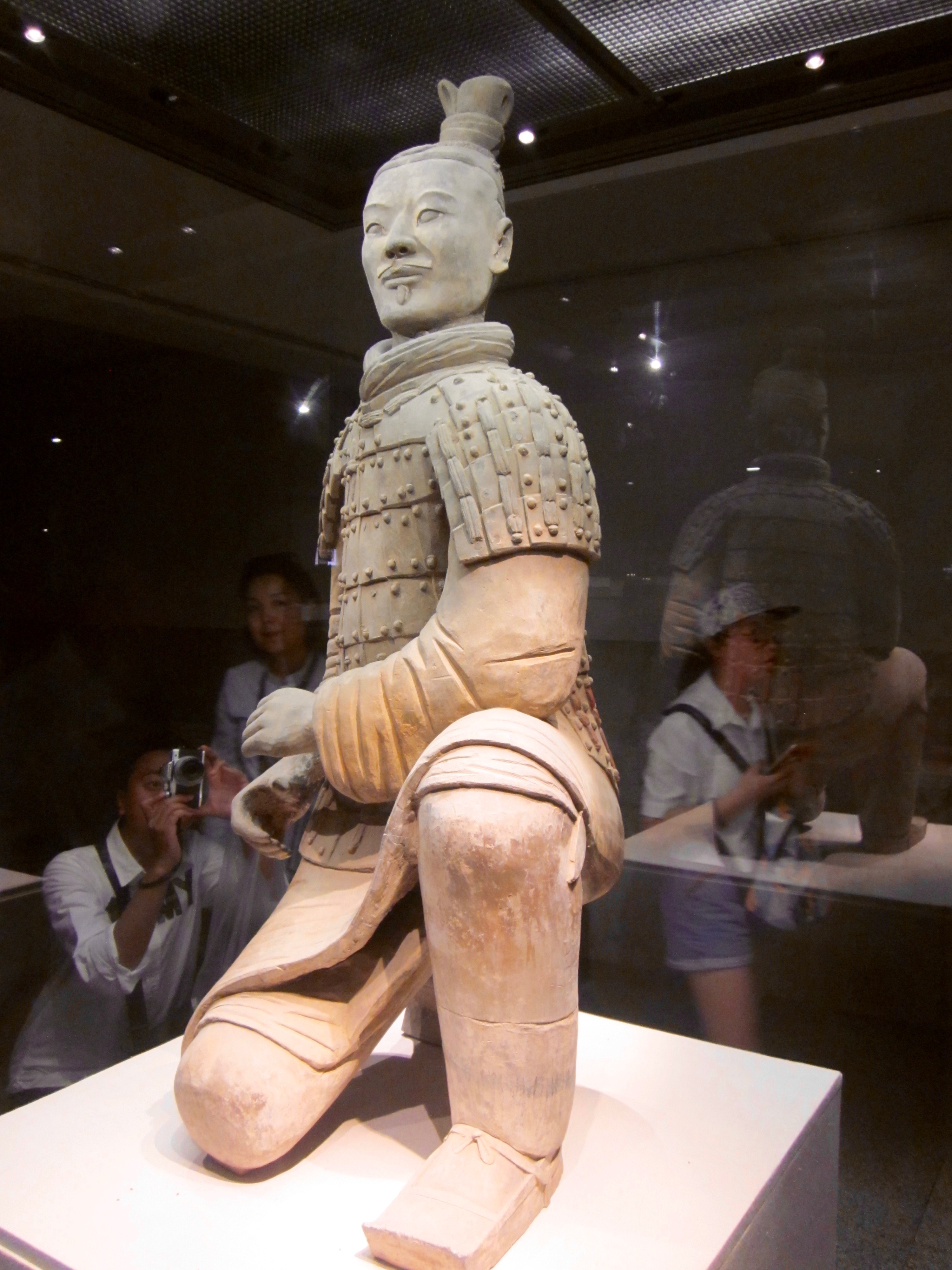
Xi’an: Two Hours Flight From Beijing
Two hours flight from Beijing brought us to Xi’an, Shaanxi province in northwest China. I had studied about Banpo Neolithic settlement and Terracotta Army but seeing these in person was an awesome experience. There I was, on my birthday, looking at the remains of 6,500-year-old Banpo village and the life size army of Qin Shi Huang, the first Emperor of China, buried underground!
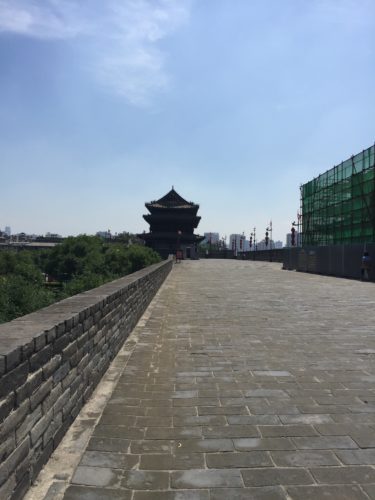
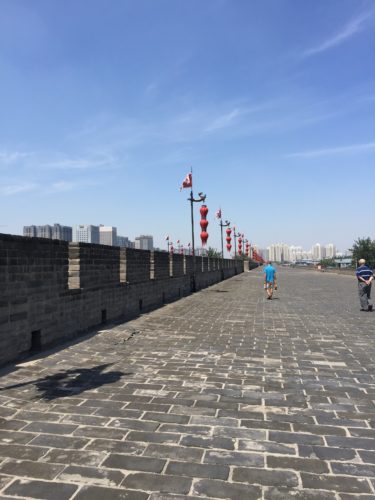
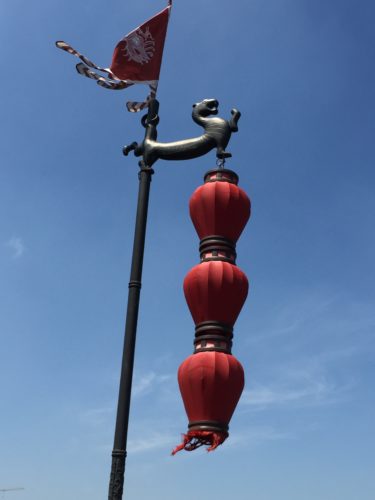
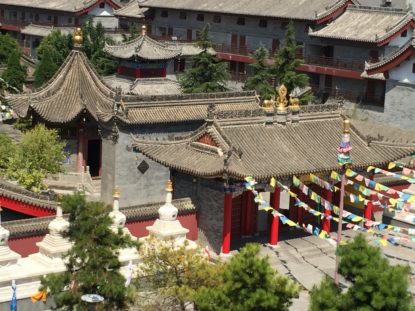
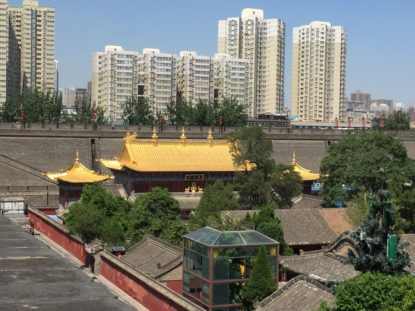
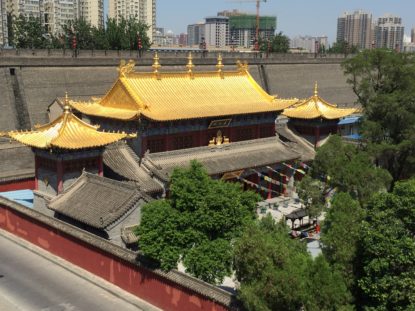
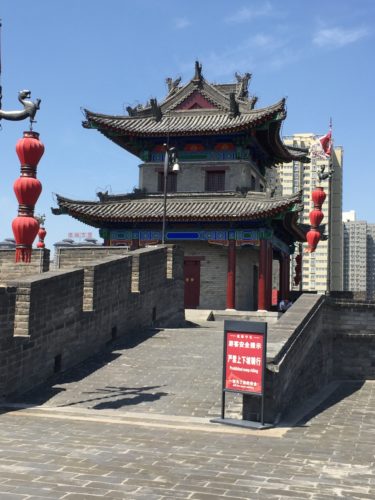
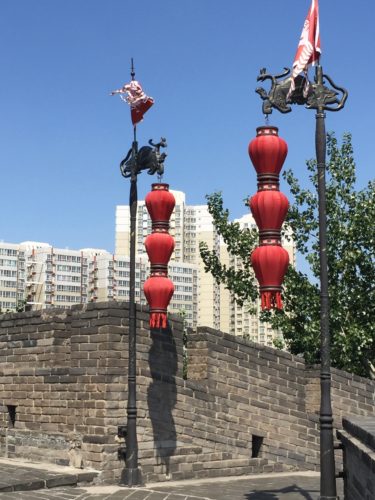
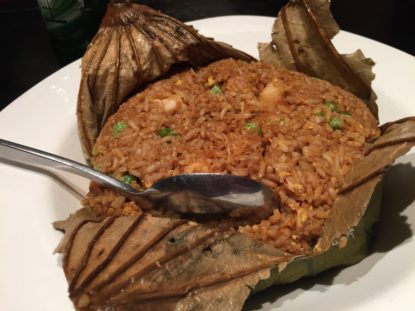
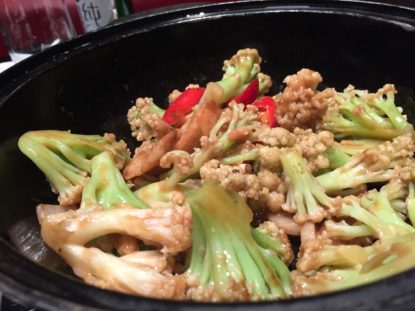
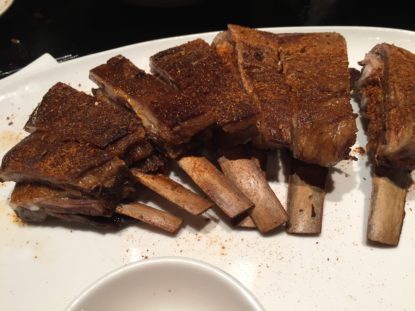
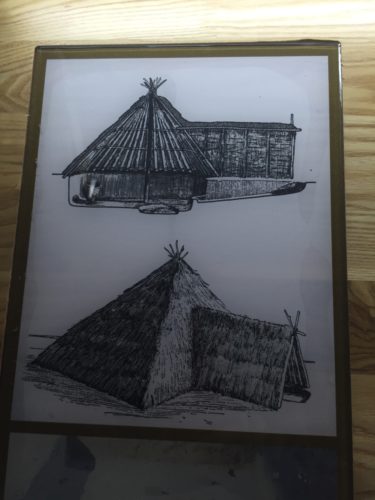
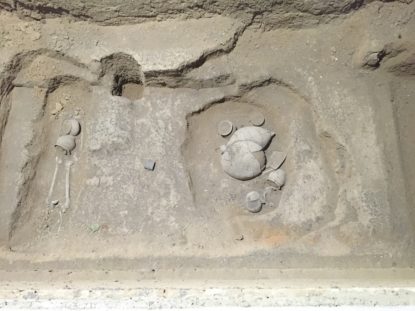
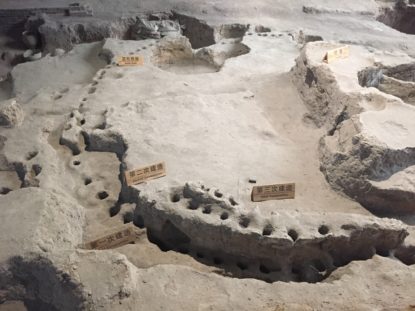
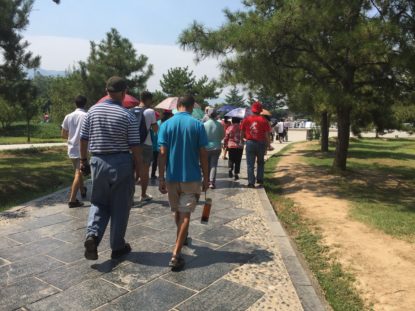
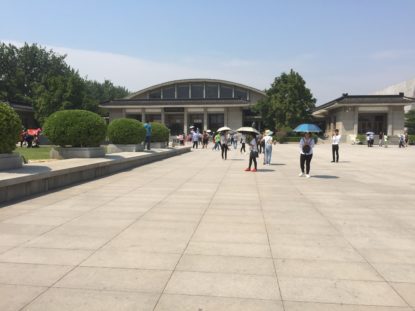
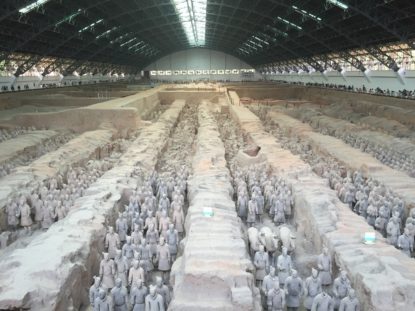
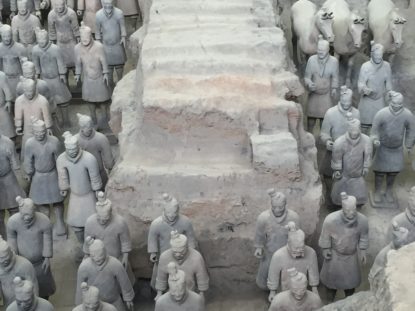
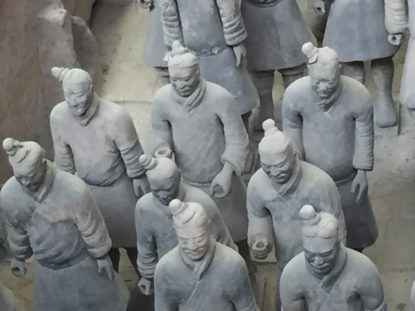
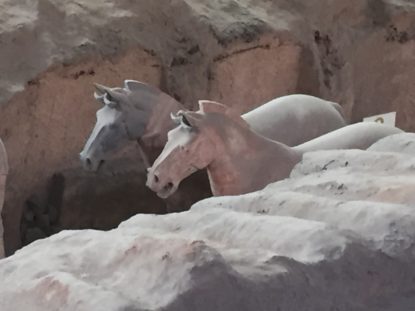
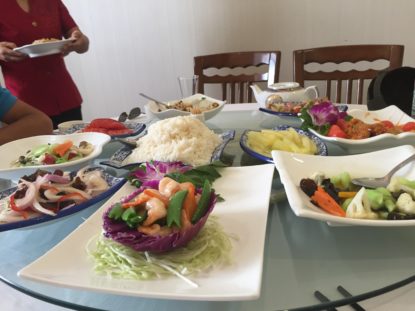
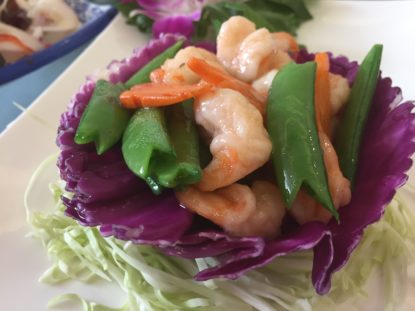
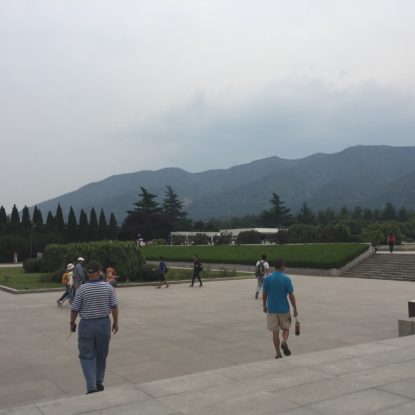
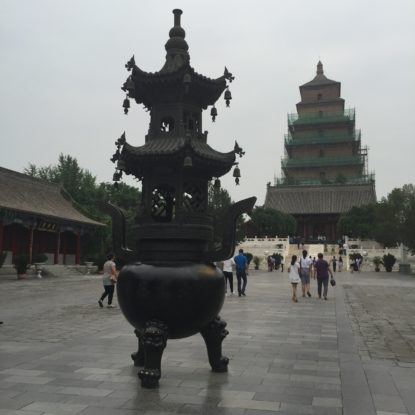
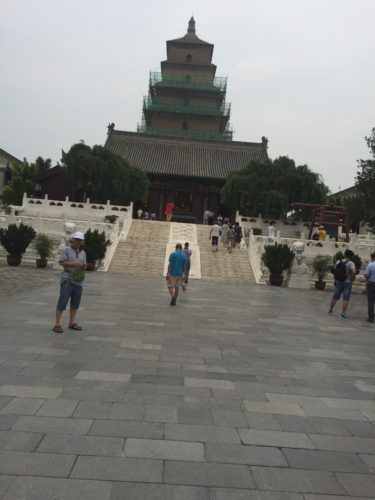
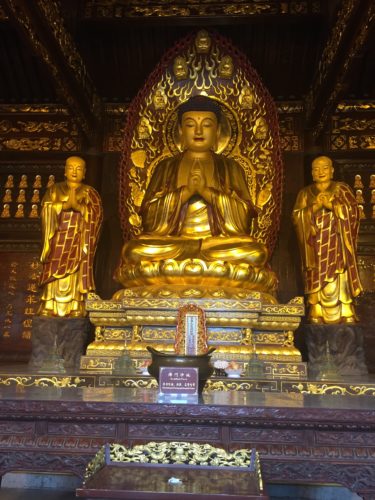
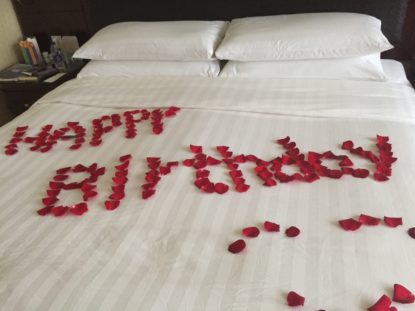
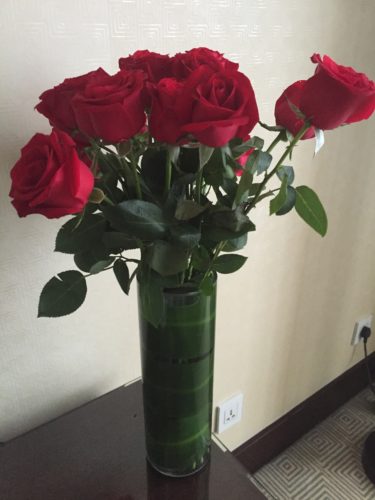
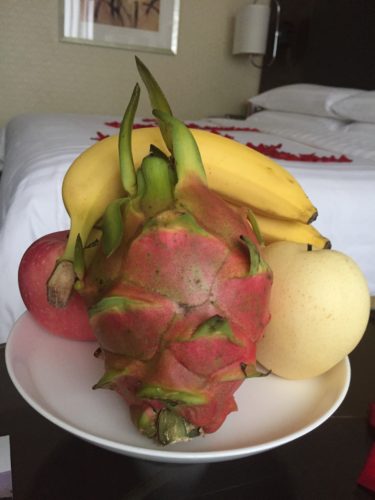

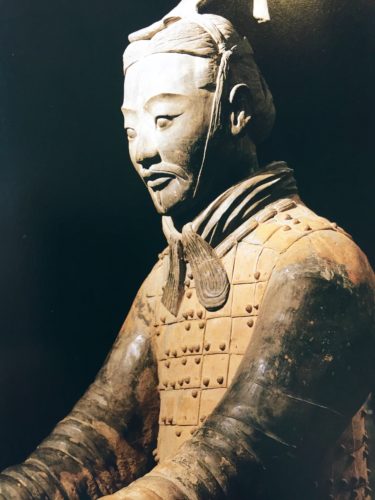
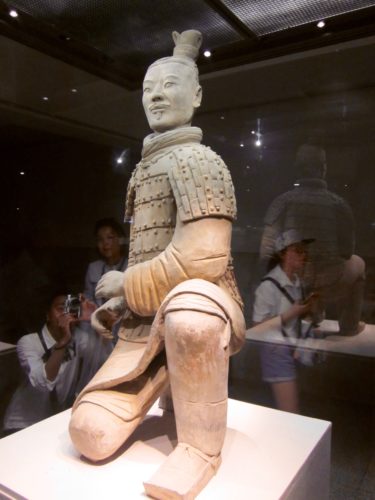
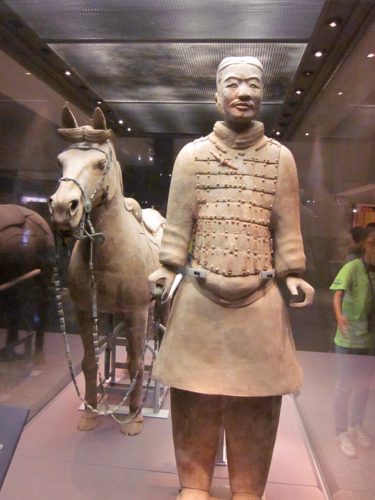 A day before, our guide Mr. Cheng drove us directly from the airport to the fourteenth century fortification of the ancient city of Xi’an. The enclosed city, 14 square miles, has seen the rise and fall of many dynasties. The rectangular wall is wider at the base than the top. The walkway along the top is 8.7 miles long with four watchtowers, corner towers and drawbridges. A moat surrounds the fortification. Inside the wall some of the rare old temple structures and market places echo elements of the early Chinese architecture. The wall is the largest and best-preserved wall in China. Walking three miles on the walkway in the afternoon heat listening to Mr. Chang’s commentary was one of the most memorable times.
A day before, our guide Mr. Cheng drove us directly from the airport to the fourteenth century fortification of the ancient city of Xi’an. The enclosed city, 14 square miles, has seen the rise and fall of many dynasties. The rectangular wall is wider at the base than the top. The walkway along the top is 8.7 miles long with four watchtowers, corner towers and drawbridges. A moat surrounds the fortification. Inside the wall some of the rare old temple structures and market places echo elements of the early Chinese architecture. The wall is the largest and best-preserved wall in China. Walking three miles on the walkway in the afternoon heat listening to Mr. Chang’s commentary was one of the most memorable times.
The next day our first stop was the museum of Terracotta Funerary Army, thousands of life size statuary of warriors of the first emperor of China, Qin Shi Huang. The display of warriors, chariots, horses, acrobats, musicians and other officials were buried with the emperor in 210-209 BCE. Its function? To protect the emperor in his afterlife as they did during his life. Most of the figures originally held metal weapons such as spears, swords, or crossbows that must have increased their realism. The mausoleum was accidently found by a farmer and excavated in 1974.
During lunch we talked about history, architecture and politics. Mr. Cheng should have been a history professor. Open minded, thoughtful and well informed we learnt a lot from him.
In the afternoon we visited Wild Goose Pagoda, a Buddhist structure. 210 feet high, it offers a magnificent view of the city. Constructed in 652 during Tang Dynasty, it was renovated in the Ming. Some of the floors are meant for worshipping some others for storing Dharma Sutras, Buddhist scriptures, brought to China from India by the monk, scholar and traveler, Hsuan-Tsang or Xuanzang (c. 602-663 CE). Hsuan-Tsang was ordained as a full monk in Chengdu at the age of twenty. Soon after he traveled to India, collected as many Buddhist scriptures as he could and, once back home, translated the original Sanskrit texts into Chinese.
As we drove back to our hotel there was a lot to take in. I wanted to take a shower and order room service. But when we opened the door to our room we were greeted by red rose petals on the bed and rose-bouquet in a green vase. And with a view of the dazzling city in the background was a cake of fresh fruit. A small golden gift box lay on the table. It held gorgeous green jade jewelry, a gift from my husband. Chinese women say ‘if you’re not wearing jade you’re not fully dressed.’ He had made reservation for dinner.

